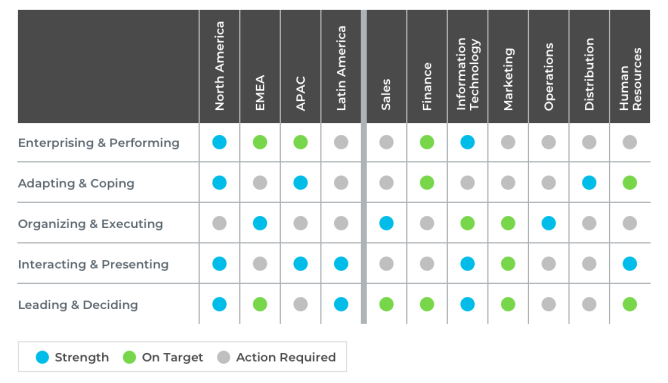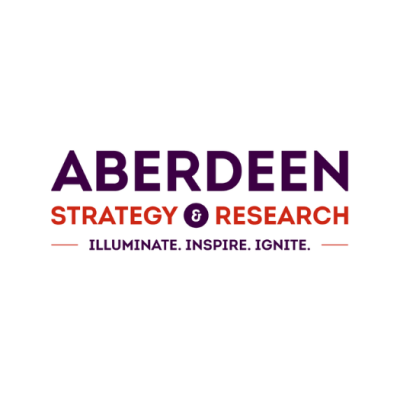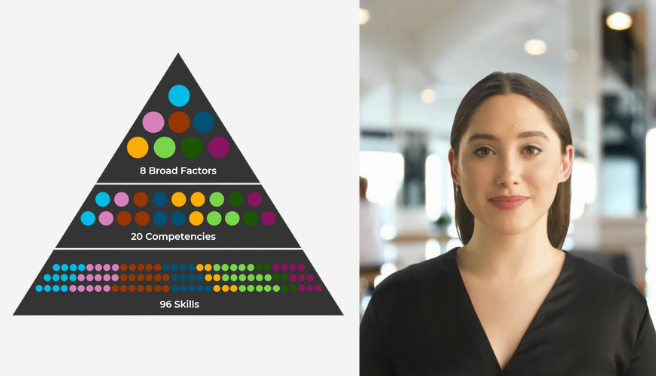What is the Universal Competency Framework?
The Universal Competency Framework (UCF) provides a rational, consistent, and practical basis for understanding people’s behaviors at work and their likelihood of succeeding in certain roles and environments. We constructed the UCF from our wide-reaching program of research on workplace behaviors, so it can be used to build competency models for all types of jobs or to map existing models onto a universal set of competency components.
We also provide a full suite of talent management tools and content to support the UCF including APTA™, our patented, customizable personnel psychological testing tool for directly measuring the UCF competencies most important for success in a role. Additional tools include questionnaire items, behavioral anchors, interview questions, and assessment exercises for employee selection and development. These provide the source materials for building assessment programs. Most importantly, each competency component is linked to our portfolio of assessments.
Why Competency Frameworks
Universal Competency Framework (UCF)
Benefits of the Universal Competency Framework (UCF)
- Defines critical behaviors for any role,
- Is firmly linked to observable behaviors,
- Is built on empirical evidence and extensive scientific research highlighting the most valid predictors of performance across roles,
- Provides a common framework to evaluate behaviors, potential, and performance,
- Has levels of behaviors to allow implementation across all levels and functions, and
- Provides consistent measurement that enables meaningful validation.

Bringing Universal Competency Framework to the Next Level
Our Science team is constantly innovating and pushing the boundaries of what is deemed possible.
Their latest innovation is Universal Competency Assessment that can measure all 96 components of Universal Competency Framework in just 15 minutes!
Learn more about their work in our new innovation powerhouse, SHL Labs.

Building and Embedding Competency Frameworks
Whether you have a competency framework, or are looking to create a new one, there are a number of characteristics that represent what ‘good looks like’. To help you determine the extent to which your framework is aligned to best practice principles we would suggest considering your answers to the questions below:
-
Does the framework align to your organization’s vision and strategy?
Competency frameworks need to adapt and change as organizational strategy shifts. Too often competency frameworks are not reviewed or validated to ensure alignment. -
Is the framework structure aligned to your needs?
This includes evaluating whether the number of competency levels is sufficient and if particular competencies are only relevant for certain roles or levels.
-
Is the framework content clear and accessible?
The language in the framework needs to be simple, observable and in a language that individuals can relate to.
If your answers to the questions above leave you unsure, your competency framework is more than two years old, or you have recently had a significant shift in organizational strategy. It is recommended that you review it to ensure you are driving the right behaviors to achieve objectives.
Download our guide to learn more about competency framework best practice.
Download the Guide
Explore SHL’s Wide Range of Solutions
With our platform of pre-configured talent acquisition and talent management solutions, maximize the potential of your company’s greatest asset—your people.




